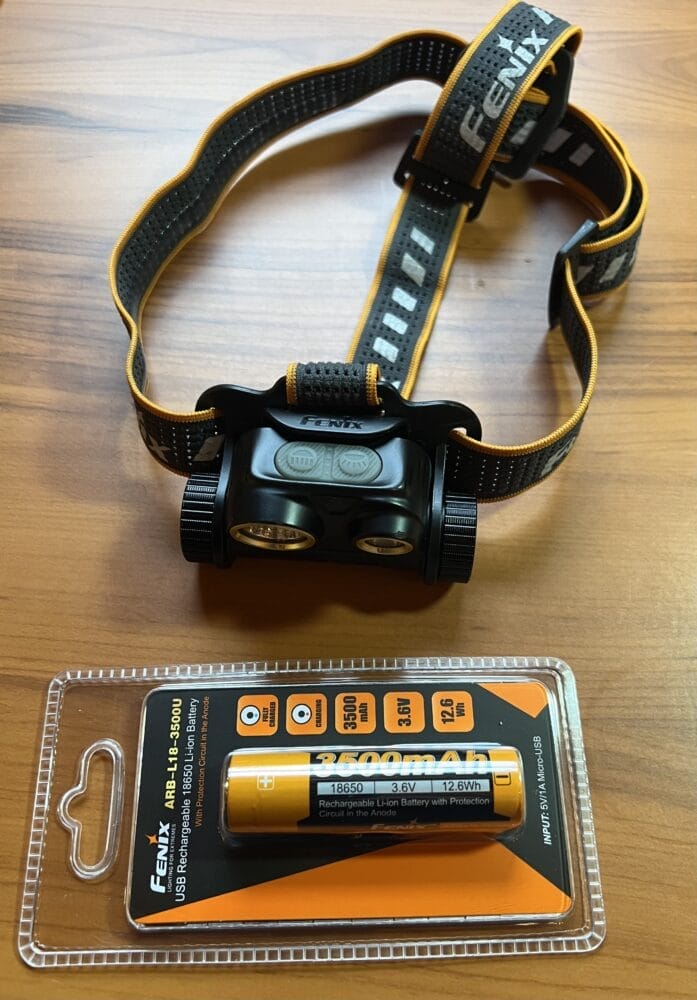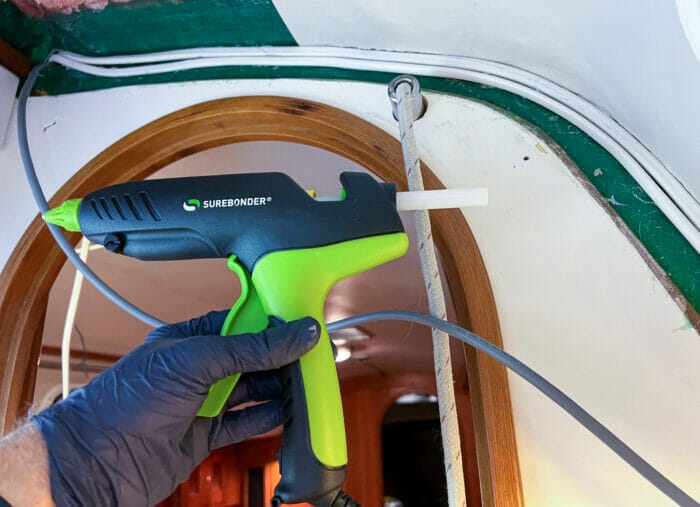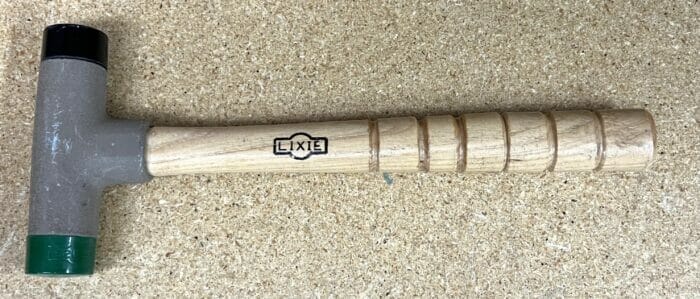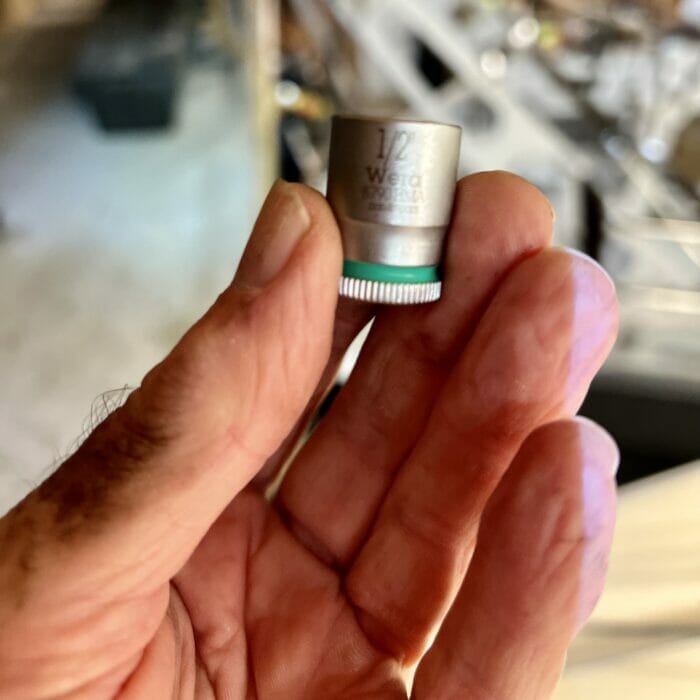
I’m a huge believer in always having good light when working on our boat, so I wear a headlamp pretty much from the time I start a job below to when I knock off.
And not one of those wimpy little things with a couple of AAA cells in them for me, I want a seriously bright light that floods a wide area.
For probably 20 years I used a Fenix HP10 LED headlamp driven by four AA rechargeable Ni–MH batteries. And even with that battery capacity I would usually end up changing the batteries out halfway through the day.
Over the last few years I have tried one or two lithium battery headlamps but always found them wanting:
- Too complicated with a bunch of features I didn’t need, necessitating many button presses to get to the bright white I use all the time.
- Poor battery life.
- Difficult to source funky batteries that required special chargers.
But last winter, when one of my trusty old HP10s bit the big one, I got serious about finding a lithium replacement.



























